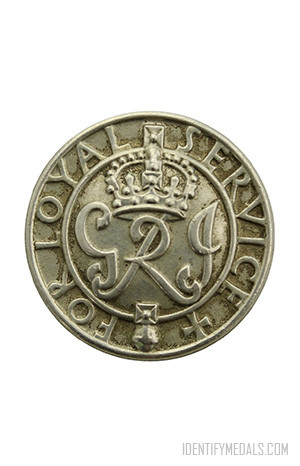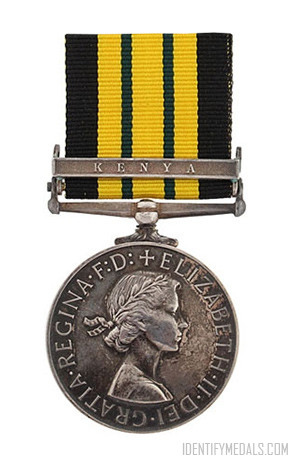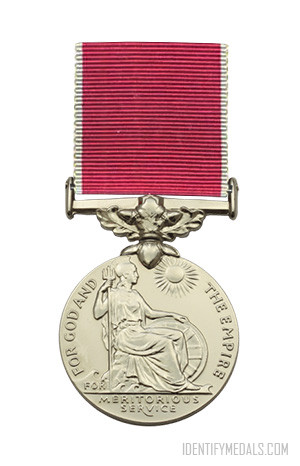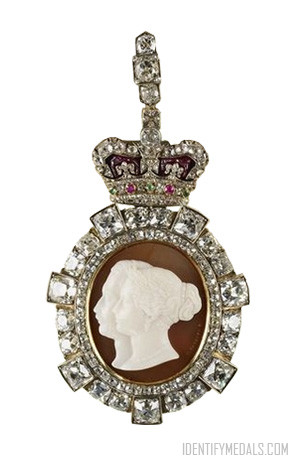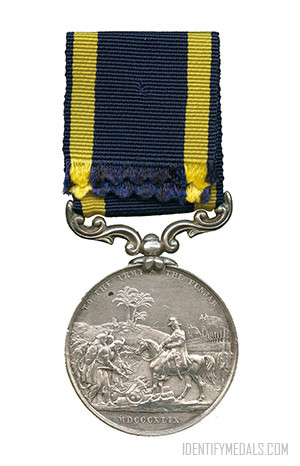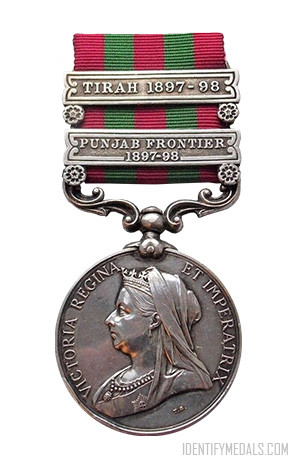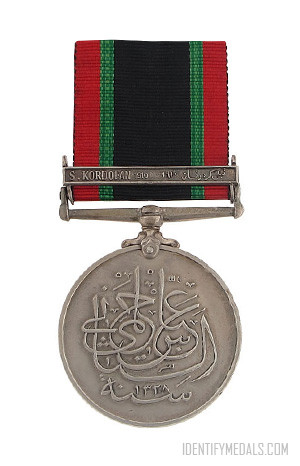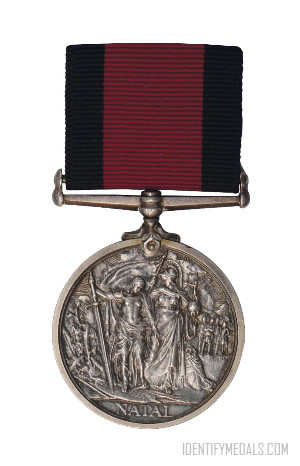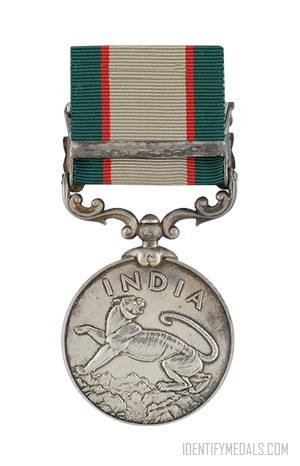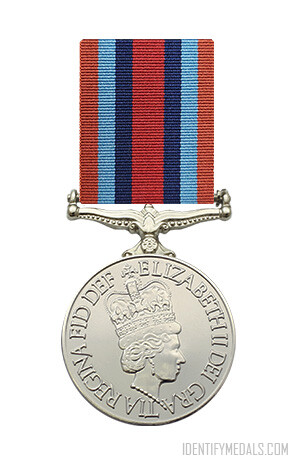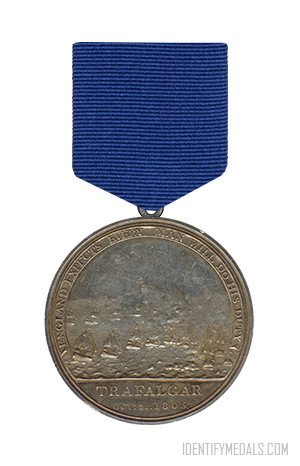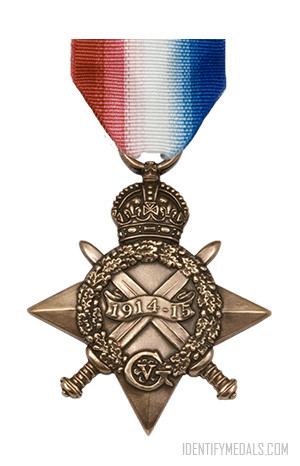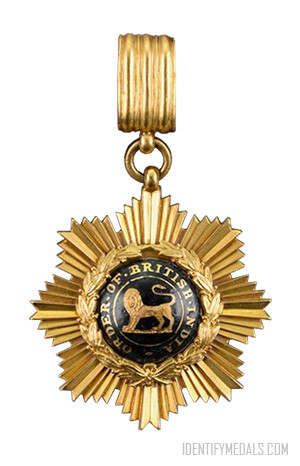- Time Period: World War II
- Institution: 1941
- Country: Great Britain
The King’s Badge is a lapel badge authorized by the Ministry of Pensions in the early part of the Second World War and initially issued to servicemen who, as a result of their injuries, had been discharged from active service.
Its basic purpose was to show that the wearer was a veteran. As well as members of the armed services, merchant navy and fishing fleets qualifying, by late 1944, it was also awarded to the coastguards, police, members of the Civil Defence Services, and the Home Guard. The badge was to be worn only on civilian clothing and by the end of 1941 over 8,000 had been awarded.
Three versions of the badge were produced.
The King’s Badge Design
The badge is struck in silver and measures 26 millimeters in diameter.
The obverse shows the initials “GRI” for Georgius Rex Imperator, in this case referring to King George VI. The earlier badge was in the name of his father, George V. The wording around the initials read “For King and Empire Services Rendered to For Loyal Service”.
The reverse is plain and the badges are not numbered or named.

